
As scientists continue to search the cosmos for signs of life beyond Earth, several intriguing exoplanets have emerged as potential candidates for hosting extraterrestrial life. These planets share some Earth-like qualities, such as size and temperature, and lie within their stars’ habitable zones, where liquid water might exist. Here are six fascinating planets that may harbor alien life.
Kepler-452b
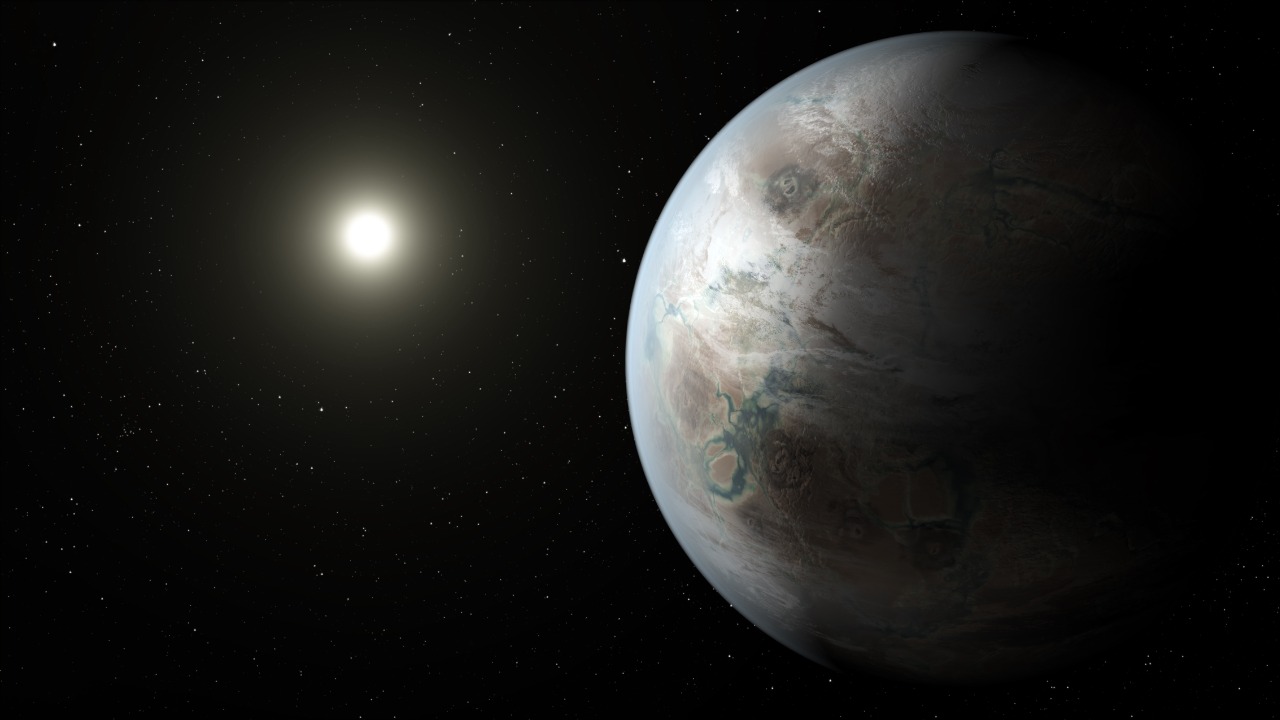
Kepler-452b is often referred to as Earth’s “cousin” due to its similar size and orbit. Discovered by NASA’s Kepler mission, it resides in the habitable zone of its star, allowing for the possibility of liquid water. Although it’s 1,400 light-years away, it’s intriguing to imagine what life forms might exist on this distant world. The planet’s orbit around a G-type star, similar to our Sun, makes it a prime candidate for further study in the search for extraterrestrial life.
Proxima Centauri b
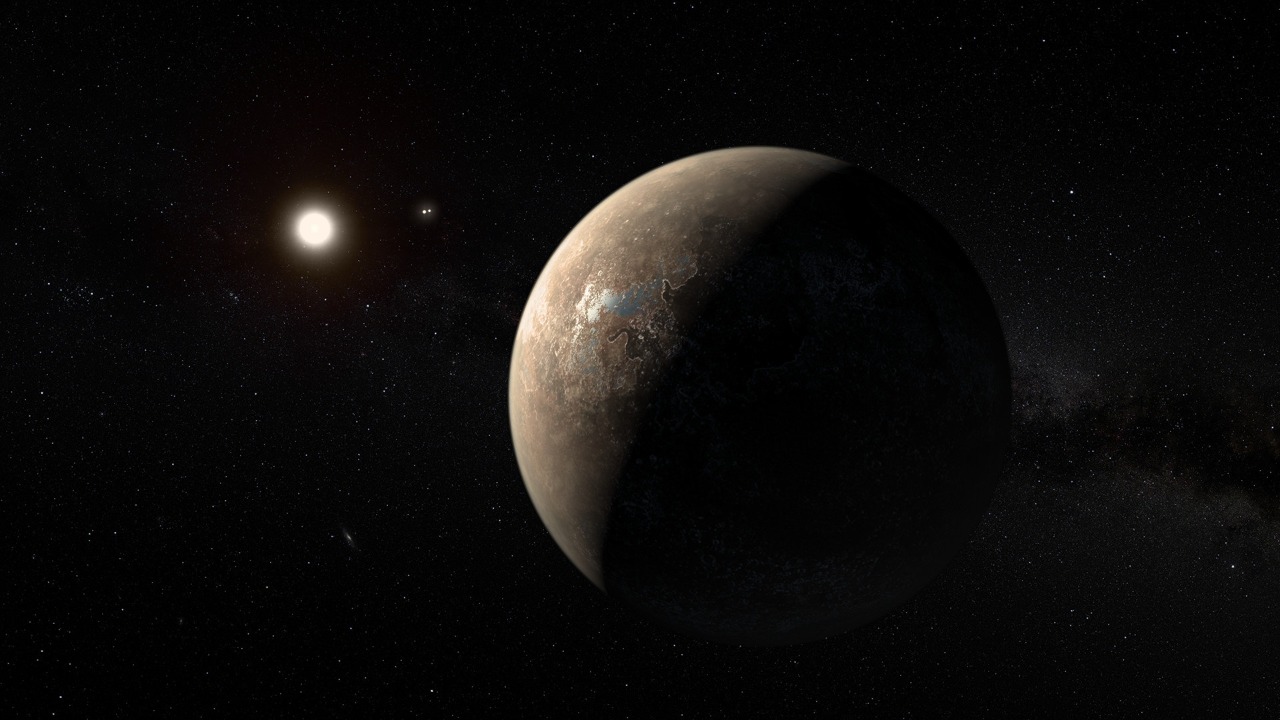
Proxima Centauri b, the closest exoplanet to Earth, orbits the red dwarf star Proxima Centauri, just 4.24 light-years away. It lies within the habitable zone, suggesting it could have conditions suitable for life. While its proximity makes it an attractive target for future exploration, challenges remain due to its star’s frequent solar flares, which could impact its atmosphere and potential habitability.
TRAPPIST-1e
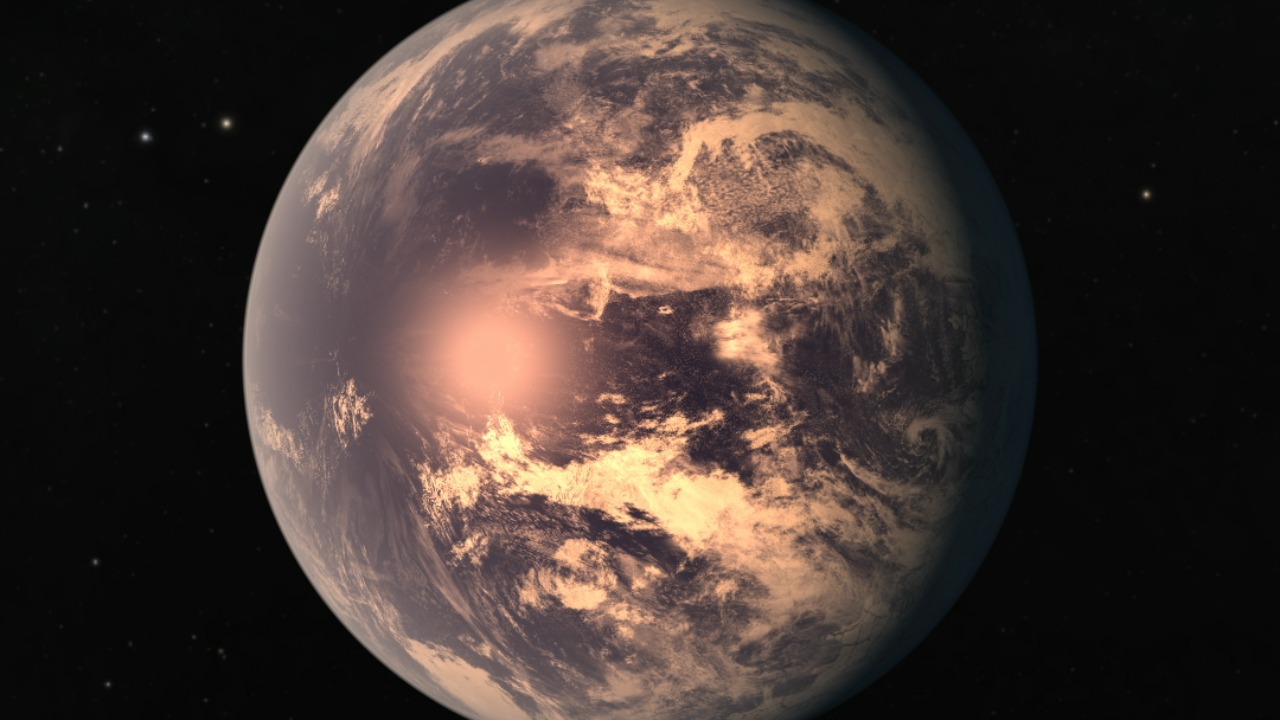
Part of the fascinating TRAPPIST-1 system, TRAPPIST-1e stands out as one of the most Earth-like planets discovered so far. This planet is one of seven Earth-sized worlds orbiting a cool dwarf star, and lies in the habitable zone. Given its potential for having liquid water, scientists are eager to learn more about its atmosphere and surface conditions. The TRAPPIST-1 system provides an exciting opportunity to study multiple planets with similar conditions in one stellar neighborhood.
LHS 1140 b

LHS 1140 b is located just 40 light-years from Earth in the constellation Cetus. This “super-Earth” orbits a red dwarf star and is notable for its dense, rocky composition. Its position within the habitable zone means that it might have the right conditions for water to exist. LHS 1140 b’s large size could also help it retain a substantial atmosphere, which is crucial for supporting life as we know it.
Ross 128 b
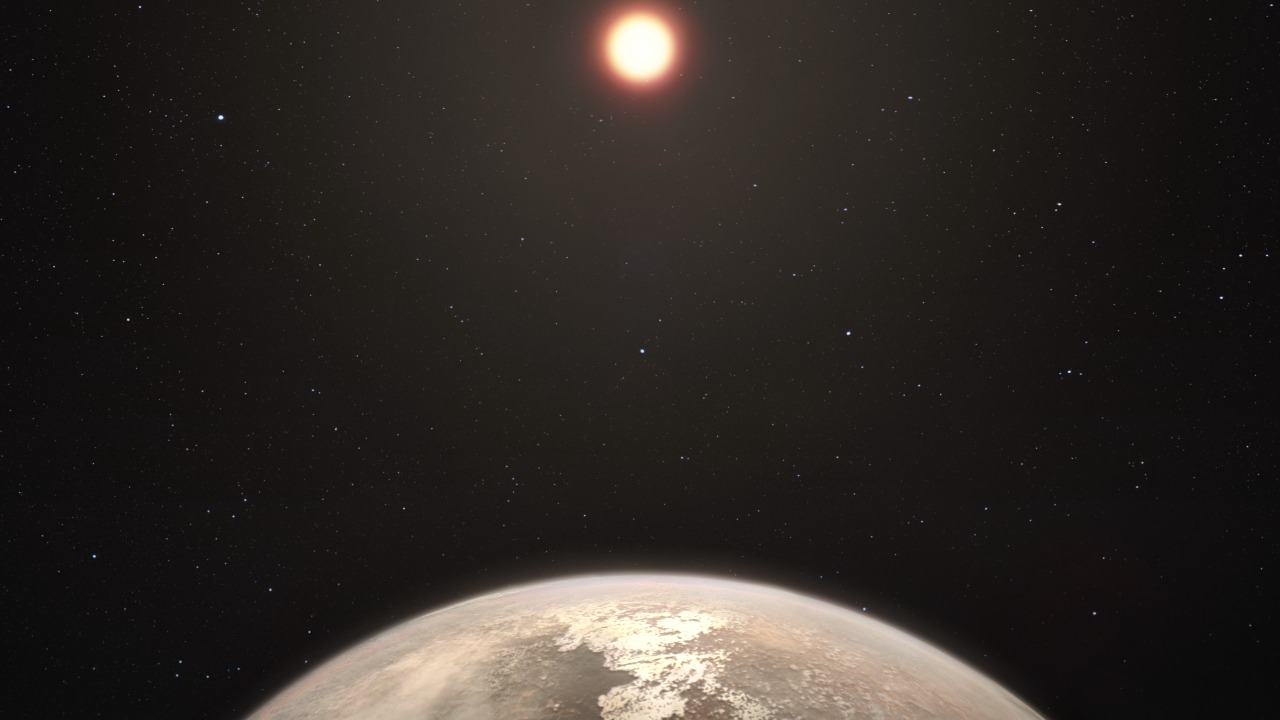
Orbiting the quiet red dwarf star Ross 128, Ross 128 b is another nearby exoplanet that captures our imagination. It’s approximately 11 light-years away and is situated within the star’s habitable zone. Unlike many other red dwarfs, Ross 128 is relatively inactive, which could mean a more stable climate for potential life. The proximity and calmness of its host star make Ross 128 b a compelling subject for further study.
Teegarden’s Star b
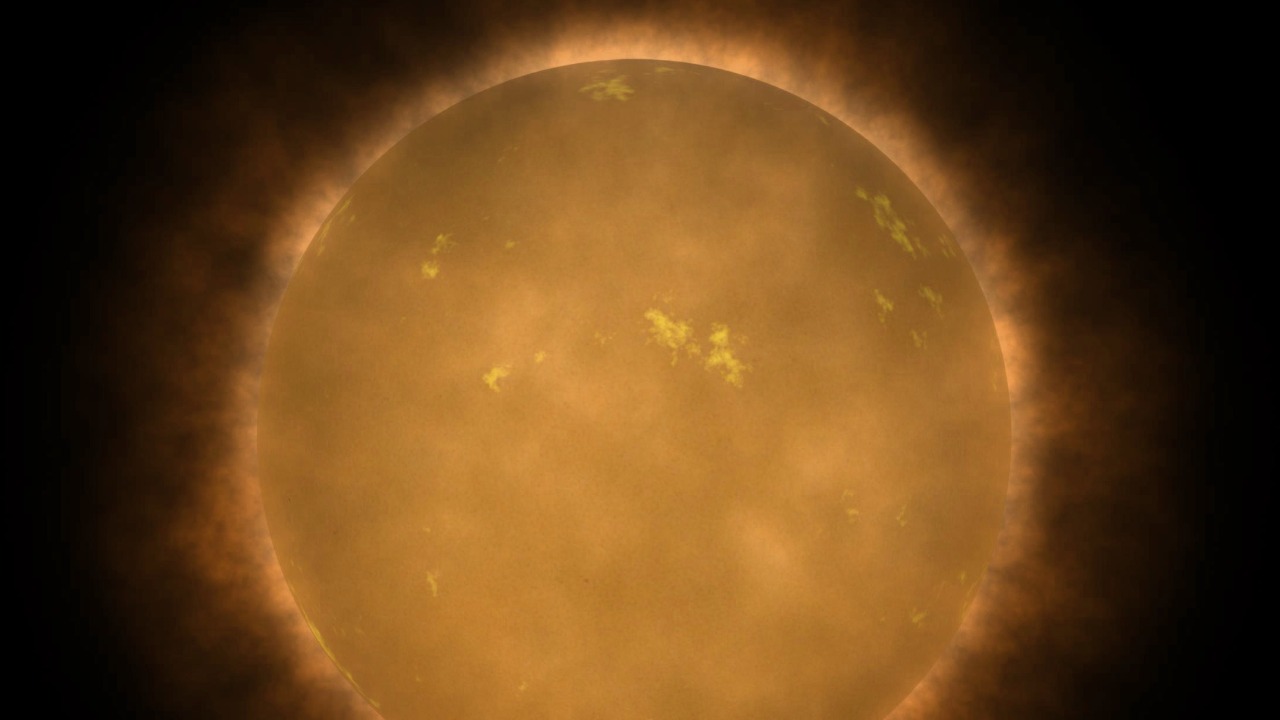
Discovered in the Teegarden’s Star system, Teegarden’s Star b is one of the most Earth-like exoplanets found to date. It’s part of a system where two Earth-sized planets orbit a dim red dwarf star just 12.5 light-years away. This planet lies within its star’s habitable zone, raising the possibility of liquid water. The relatively close distance and favorable conditions make Teegarden’s Star b an exciting candidate in the ongoing search for extraterrestrial life.